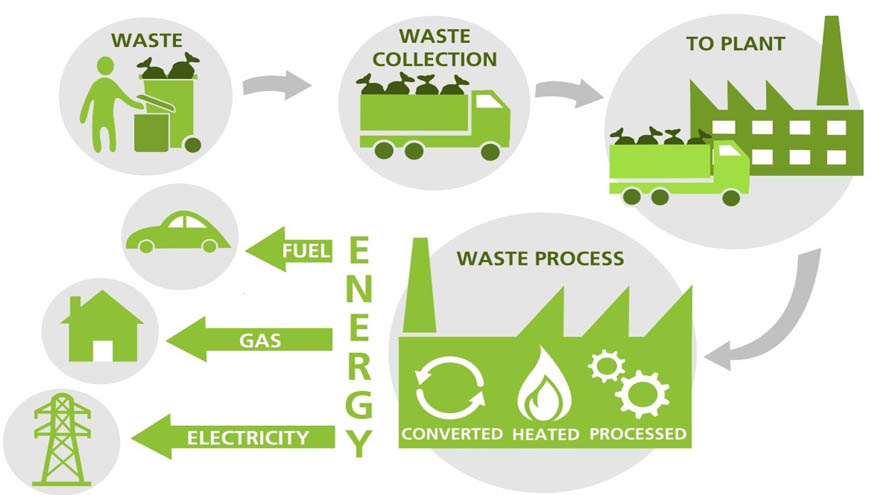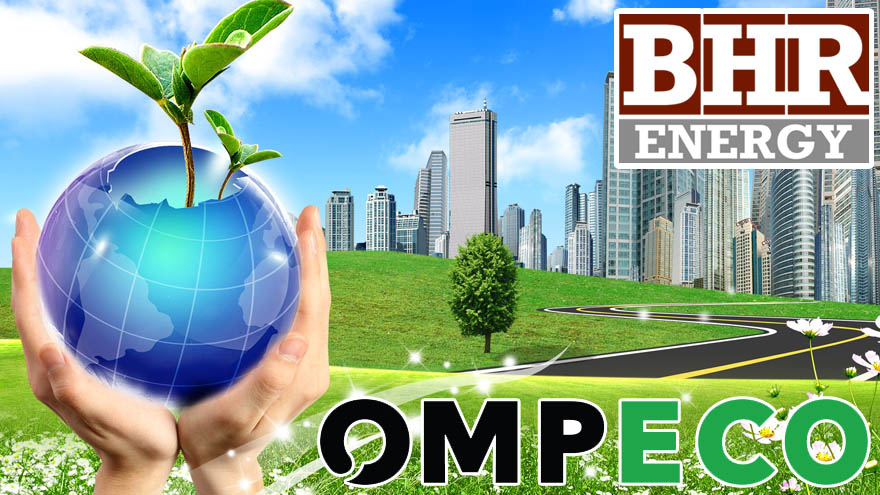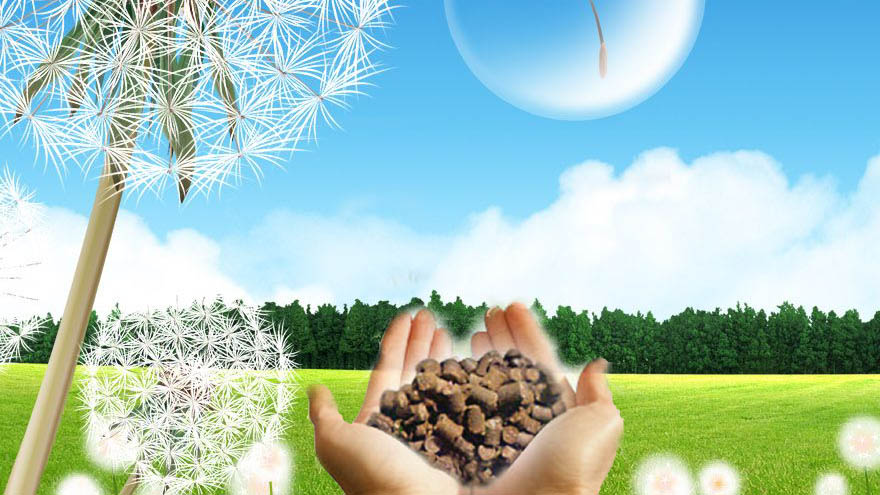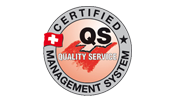The presentation describes "Biorefinery plant", able to recover into hydrocarbonates and other valuable materials, organic based solid waste materials. The biorefinery is a complex industrial plant tyhat, integrating different technologies, is able to produce high-value hydrocarbonates, starting from organic based materials.
In
Depth
Converter Technology Certificates
Moreover, The OMPECO possesses a RINA code. This certification is performed by an independent third party as assurance of compliance of management system relating to a product or service requirements as defined by regulatory reference standards.
The certification has enabled OMPECO address its target market with high quality standards, which ensure quality, sustainability and efficiency in the management and production processes, in the administration of personnel and environmental protection processes.
.
The advanced smoldering technology is a “no flame” oxidation technology that allows the thermal destruction of organic compounds while recovering inert materials and completely avoiding environmental pollution.
.i. Technology: Advanced Smoldering
ii. Process Temperature: ≃ 400 °C
iii. Sterilization Capability: Thermal Destruction of viruses and bacteria
iv. Heat Recovery Capability: > 90% of the feedstock LHV
v. Metals Recovery Capability: >90% of the feedstock metal content
vi. Inert Ash: Typical ≃ 3% of the feedstock weight
vii. Air Pollution Level: 0% dioxins, furans
The benefits of High-Tech greenhouse agriculture are numerous. In addition to higher yields and water efficiency
when practiced in controlled environment, it can be designed to support continuous production throughout whole year.
WFF project is a combined industrial and agricultural system for the production of synthetic fuel and food from the recycling of the organic waste biomass, small in size, shaped on the territories needs.
WFF project is a system able to transform the organic waste matters in a second generation, cost- effective synthetic fuel (in the form of diesel fuel), with identical features to fossil-origin hydrocarbons, recovering at the same time: water, carbon dioxide, mineral salts and thermal energy (second raw materials generated by the synthetic fuel cathalitic cracking plant), for the production of food, in environmentally-controlled greenhouses with significant saving of land, water and energy.
The choice to industrialize and market a small-size system, suitable to use waste organic matters, stems from the will to propose environmental and economic sustainable solutions for small communities, even in geographically disadvantaged areas.
.
Produced from the reject fraction of non hazardous solid waste :
• Forest waste
• Agricultural waste
• Municipal waste
• Industrial waste
- Production of an exclusive homogeneous fuel.
- High calorific value.
- Clasification as per European Standard CEN/CT 343.
- Minimum humidity content, which results in a high efficiency.
- Waterproof properties.
- Low content in ashes.
- Content in chlorine less than 1.0% and sulphur below 0.5%
- High Density 1,300/2,000 kg/m3
- All compulsory requirements of European Directive 2008/98/CE are complied with. Compliant also with Spanish Law 22/2011 of the 28th July (Article 5) which establishes the conditions under which the SRF is no longer considered waste, it is considered a new product.
.
Produced from the reject fraction of non hazardous solid waste :
• Forest waste
• Agricultural waste
• Municipal waste
• Industrial waste
- Production of an exclusive homogeneous fuel.
- High calorific value.
- Clasification as per European Standard CEN/CT 343.
- Minimum humidity content, which results in a high efficiency.
- Waterproof properties.
- Low content in ashes.
- Content in chlorine less than 1.0% and sulphur below 0.5%
- High Density 1,300/2,000 kg/m3
- All compulsory requirements of European Directive 2008/98/CE are complied with. Compliant also with Spanish Law 22/2011 of the 28th July (Article 5) which establishes the conditions under which the SRF is no longer considered waste, it is considered a new product.
.
The Advanced Smoldering technology. Waste to Energy
NO SMOKE = NO POLLUTION
The Advanced Smoldering technology – ZERO SMOKE continuously controls the oxidation process, avoiding the formation of any flame.
The process slowly proceed until all the organic compounds content of the feedstock is transformed into a synthetic fuel gas.
During this phase we do not have any formation of smoke or flying ashes.
Compared to conventional methods for the incineration of municipal solid waste, the emissions related to the exhaust gas produced by the system have a significantly lower content of polluting components.
Total absence of dioxins and furans: The system do not allow the formation of dioxins and furans. The production of dioxin in the classical plants related to waste combustion (e.g. incinerators) can be pulled down only through complex and expensive abatement filters that in any case do not completely remove the risks for human health.
Very low concentration of NOx and SOx : These pollutants allows the formation of acid rains, photochemical smog, tropospheric ozone and other compounds damaging health and the environment. The sub stoichiometric quantity of air used by the system prevent the formation of these pollutants.
Insignificant particulate emissions: Suspended particles can cause serious lung diseases, allergies and irritation of the mucous membranes of humans and other live organisms. Among the very dangerous residues of combustion, there are the fine powders containing heavy metals, such as cadmium, copper, lead and vanadium. The smoldering system reduces the particulate emissions to insignificant level because the feedstock is not moved during the process and the law temperature used do not allow the raising of any dust.
















